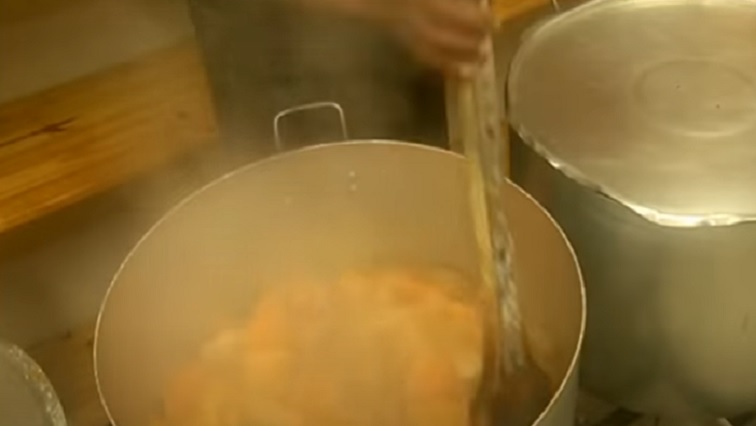Lesotho Disaster Management Authority has released a 2020 Vulnerability Assessment report stating that almost 800 000 are facing acute food shortage.
The DMA recommends that at least for the next six months, a minimum of 91 000 metric tonnes of staple food will be needed to assist the affected households in both rural and urban parts of the Kingdom.
In a nation already adversely affected by severe food insecurity, the situation has now been made worse by the COVID-19 pandemic and poor harvests due severe drought. Urgent help is required. As schools and formal business forced to operate on limited basis, many sought alternative income generation means to supplement household income, even at the risk of violating COVID-19 Health Regulations.
As borders globally shut down due to COVID-19, many have to revert to subsistence farming as employment became more scarce.
Subsistence Farmer Matoane Matana says they are still forced to primitive farming methods of tiling the ground and using gravity from this lake for irrigation.
“We keep trying to find jobs, but we realise it’s not working out, I therefore decided to make a plan and try a hand at farming as a way to generate some income.”
Experts say basic irrigation, farming tools and subsidising seedling should be some of the low hanging fruits that could help farmers like Matana enter into commercial farming to create more jobs and alleviate poverty.
In the video below, Lesotho hit hard by the COVID-19 pandemic:
In May, world food prices fell for a third consecutive month in April, hit by the economic and logistical impact of the coronavirus pandemic, the United Nations food agency said on Thursday.
The Food and Agriculture Organization (FAO) food price index, which measures monthly changes for a basket of cereals, oilseeds, dairy products, meat, and sugar, averaged 165.5 points last month, down 3.4% on March.
The FAO sugar price index fell to a 13-year low, plunging 14.6% from March, with the coronavirus crisis hitting demand and tumbling crude oil prices also reducing the need for sugarcane to produce ethanol, the Rome-based agency said.
The vegetable oil price index fell 5.2%, hit by falling palm, soy, and rapeseed oil values, while the dairy index dropped 3.6%, with butter and milk powder prices posting double-digit declines.
The meat index shed 2.7%, with a partial recovery in import demand from China failing to balance a slump in imports elsewhere.
FAO also said major producing countries suffered logistical bottlenecks, while coronavirus lockdowns in many nations had caused a sharp fall in sales.
“The pandemic is hitting both the demand and supply sides for meat, as restaurant closures and reduced household incomes lead to lower consumption and labour shortages on the processing side are impacting just-in-time production systems,” said FAO Senior Economist Upali Galketi Aratchilage.
Below SABC News takes a look at the food landscape in a post COVID-19 world:






